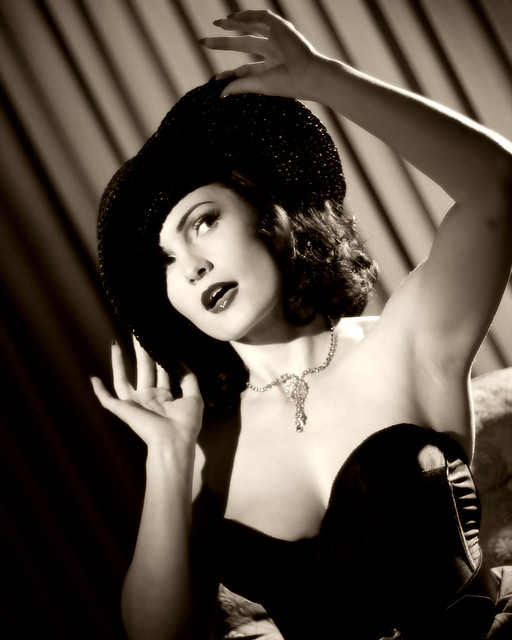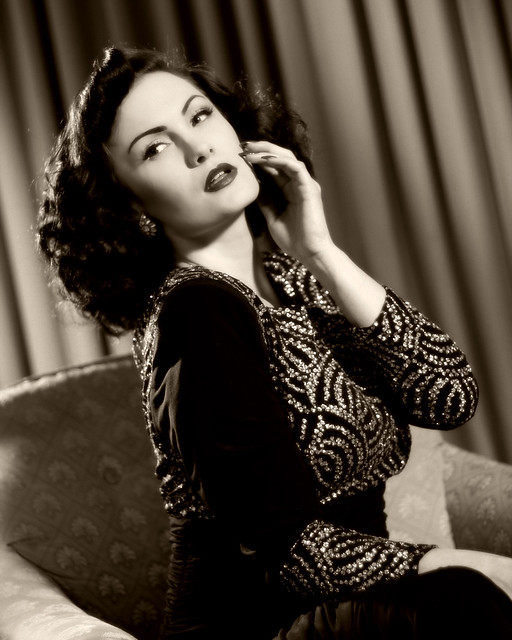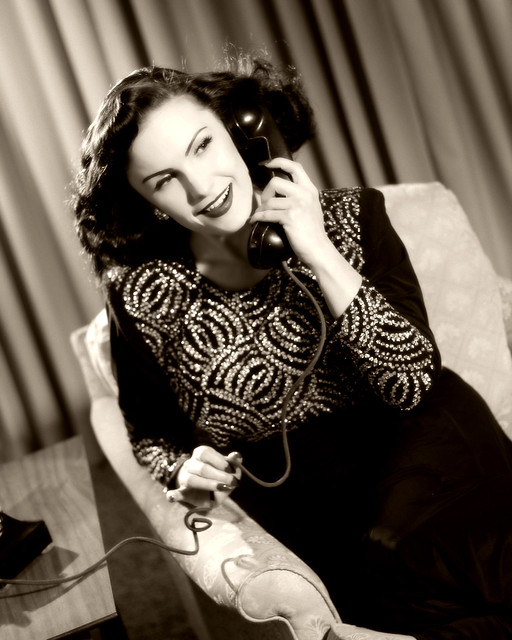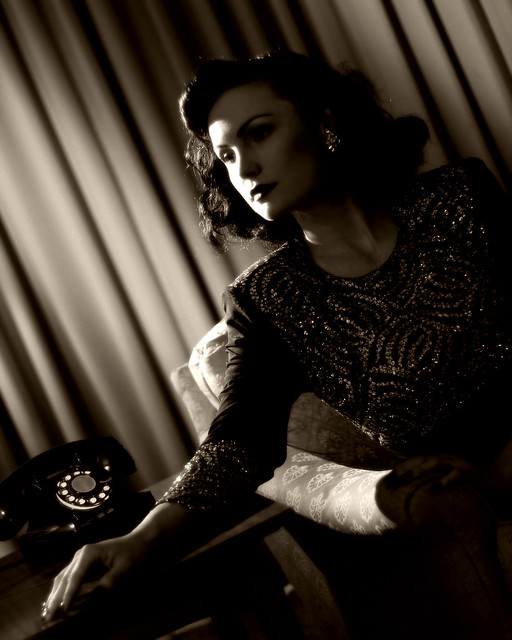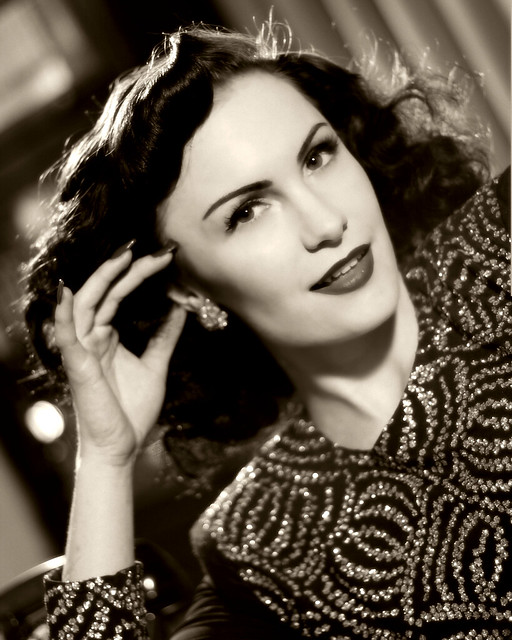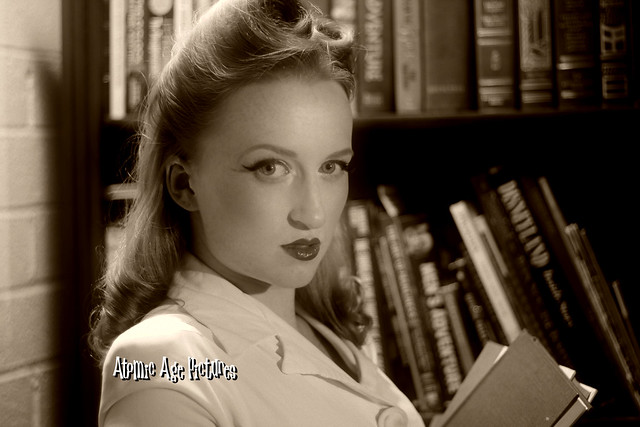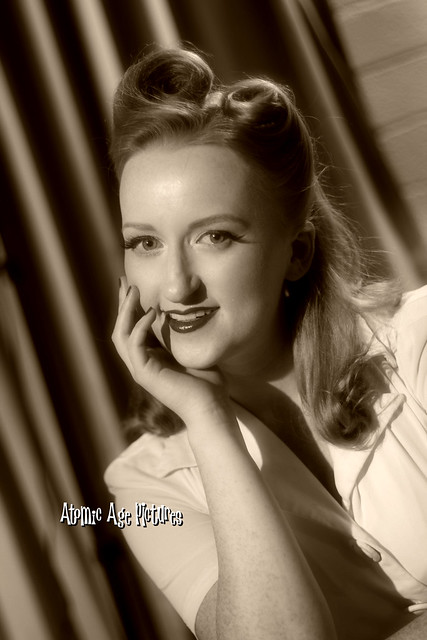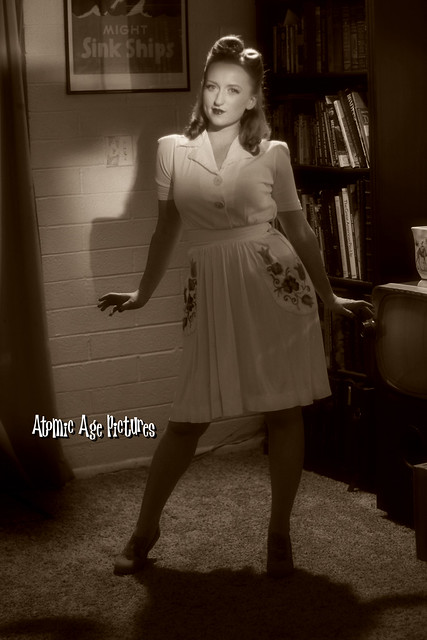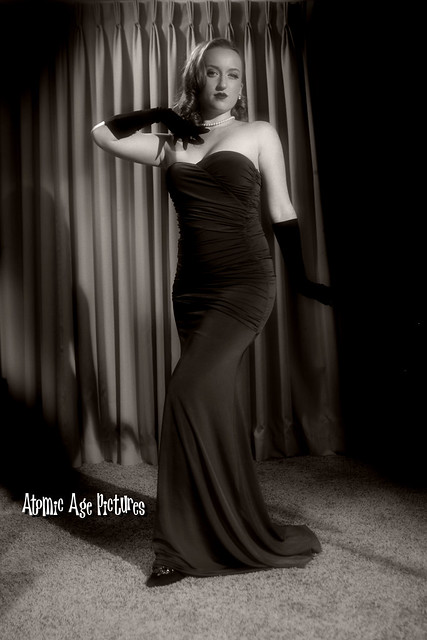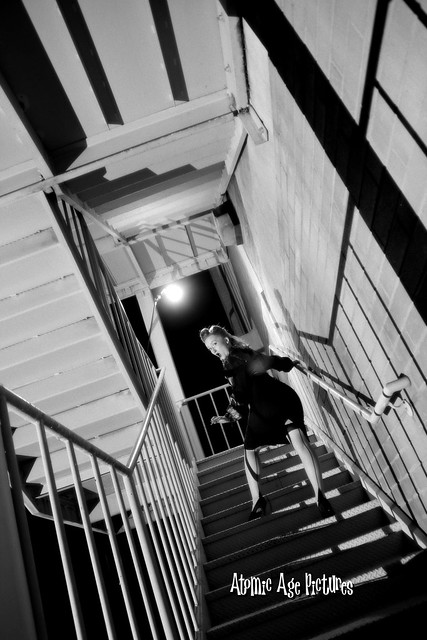- Messages
- 11,579
- Location
- Covina, Califonia 91722
Does anybody know what type of camera George Hurrell used or the ones that other Movie Company photographers used primarily during the 1920s and 1930s?
In the past it was of course film not digital. Portrait photography maybe done with 35mm but many photgraphers opted for larger formats such as 4X5. Some used the Speed Graphix type of camera. Also some use what is called view cameras where the lens plane and film plane could be angled to change perspective.
You might chase down the video for the Our Gang short (Little Rascals) "Wild Poses" for a hilarious take on portrait photography. http://en.wikipedia.org/wiki/Wild_Poses

